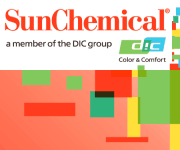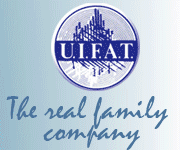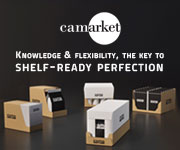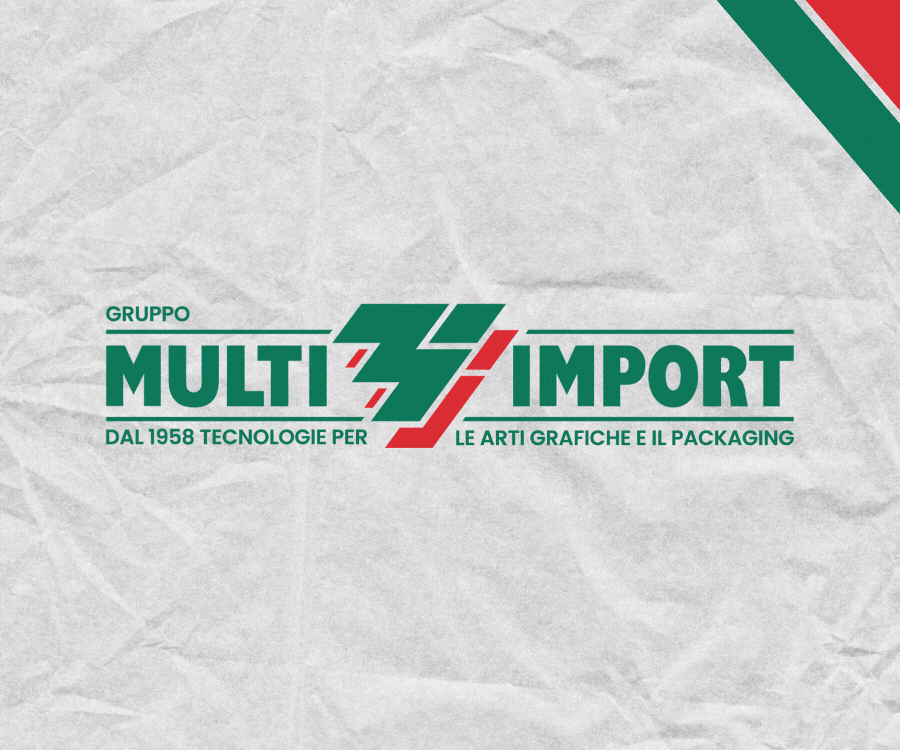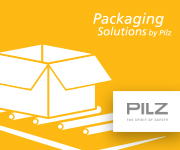Sun Chemical Issues New Sustainability Report
Sun Chemical released its fourteenth sustainability report, emphasizing the business’ continued prioritization of sustainability leadership and commitment to social responsibility.
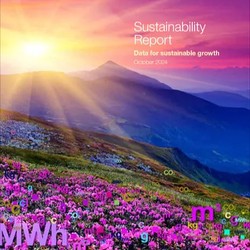
The latest sustainability report shows Sun Chemical’s progress toward its goals of reducing greenhouse gas emissions by 50 percent by 2030, with 2013 as a baseline, and becoming net carbon neutral by 2050. Sun Chemical approaches its three business pillars of operations, products and services, and collaborations using the ‘five Rs’ framework – Reuse, Reduce, Renew, Recycle, and Redesign – to guide its sustainable initiatives and products in an effort to achieve a circular economy.
“As the industry’s spotlight on sustainability grows brighter, brand owners and converters need supplier partners who can help them adhere to regulations and meet their goals,” said Michael Simoni, Director, Global Sustainability, Sun Chemical. “We are proud to announce that Sun Chemical is 86 percent of the way to meeting its own 2030 target to cut carbon emissions in half. Our ‘five Rs’ framework has focused our strategic efforts on reducing waste and improving efficiency, recyclability, and compostability while maintaining the highest standards of performance to best serve our customers.”
The report’s operations section demonstrates Sun Chemical’s progress in reducing greenhouse gas emissions from its use of electricity, steam, and fossil fuels during manufacturing operations. Through the incorporation of energy efficiency projects at manufacturing facilities, reductions in water consumption, significant decreases in landfill waste, and several awards and certifications for sustainable production, the report’s data shows notable improvements for the environmental impact of Sun Chemical’s operations since the last report.
The report’s products and services section highlights recent product improvements and launches designed to enable brand owners and converters to adhere to sustainable regulations and reduce waste, showcasing Sun Chemical’s commitment to sustainable product development. Sun Chemical’s growing portfolio of sustainable solutions has received several certifications for sustainable innovation over the past year.
Some of the featured solutions include:
• SunLam range of laminating adhesives covering a broad spectrum of applications, such as the industry’s first ultra-low monomer solvent-free retortable lamination adhesive
• SunPak® DirectFood Plus bio-renewable direct-food contact inks
• UV and aqueous inkjet inks that comply with the most recent regulatory requirements
• Marking technology expected to increase beverage container recycling
• SunUno Solimax AP ink series, recognized for sustainability excellence by the Flexographic Technical Association
The report’s collaborations section explains the importance of cross-industry partnerships to design and deliver sustainable solutions that contribute to a circular economy. Sun Chemical uses the EcoVadis scoring platform to perform risk assessments and ensure its partners’ performances are aligned with Sun Chemical’s sustainable values and goals. The report notes that more than 85 percent of Sun Chemical’s suppliers that participate in the EcoVadis system have achieved a Corporate Social Responsibility score greater than 45/100, Sun Chemical’s acceptable threshold.
Other collaborations in the report include:
• Partnering with Qualvis to develop fully recyclable food packaging using direct food contact inks and water-based overprint varnishes
• Joining the Science-Based Target Initiative to meet greenhouse gas reduction goals by 2030, which combines existing Scope 1 and 2 Greenhouse Gas reductions with new Scope 3 reduction initiatives
• Creating a biodiversity policy which covers Sun Chemical’s commitment to environmental sustainability through compliance with regulations, biodiversity assessments, reporting and transparency, and more
“Sun Chemical is committed to improving our environmental impact by reducing waste, improving efficiency, and sourcing products that enable increased recyclability, compostability, and biorenewability,” said Daniel Grell, Vice President, Environmental Affairs, Sun Chemical. “As we prioritize transparency through industry reporting, we are able to better understand and enhance the true impact of our sustainable initiatives as we work toward achieving a circular economy.”
Prodotti e tecnologie: SUN CHEMICAL GROUP


